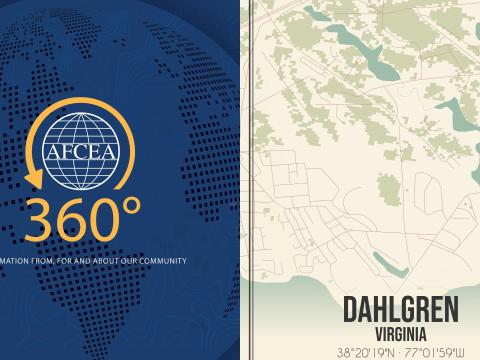U.S. Navy Embraces Data Revolution
U.S. Navy sailors are overhauling the current ways of utilizing data to stay ahead of the ever-evolving global threats. Officials are signifying this overarching data revolution effort through a plethora of avenues.
Firstly, Navy personnel are establishing and enhancing the mutually beneficial relationship between artificial intelligence (AI) and data, according to Adm. Stephen Koehler, commander, U.S. Pacific Fleet. Troops are working on getting their hands on more data, because as they get their hands on more data, they can develop more effective and efficient AI systems.
“To achieve that symbiosis, we are integrating and enabling all of our data and pairing it with AI,” Koehler said during his keynote address at TechNet Indo-Pacific 2025 in Honolulu. “We are using AI on nearly every network to develop familiarity with our team and improve decision-making throughout our commanders. We’re embracing a hybrid government-commercial approach that partners with private sector leaders to accelerate innovation on AI, and we are working with partners in industry and government to integrate it into our day-to-day functions and operations.”
And U.S. Pacific Fleet officials are anticipating a future where this relationship continues to grow and evolve.
“I envision a future where the [U.S.] Pacific Fleet is empowered by AI, where sailors and commanders at every level balance the art and science of warfare to make more effective decisions with superior outcomes faster than the adversary; a future where AI further accelerates the cycle of action between maneuver and fires for decisive combat advantage,” Koehler said. “That is the north star I give my team every day. [We] can’t do it on our own. We know our industry partners are key to all of these critical efforts.”
Sailors are also integrating commercial cloud infrastructure and services to ensure that they handle data properly. One way they are doing this is by creating Navy exchange points, which they can use to send secure data from point A to point B to support U.S. Department of Defense capabilities, according to Koehler.
Additionally, they are taking advantage of commercial data fabric and data centers located in the Indo-Pacific to gain access to persistent connectivity for distributed maritime operations, according to Koehler.
Koehler closed his keynote address by stressing the need to build and maintain relationships with the private sector and using those relationships to attack challenges head on.
“I want to leverage America’s innovation advantages to an even greater extent, and as a demanding operator, I do want it all,” Koehler said. “I want speed. I want persistence. I want the capability designed and built to enable operations inside the weapons engagement zone. And going forward, I want to take our partnership with industry to even greater heights. Let’s continue to strengthen our rapid acquisition strategy, put our best technology in the hands of our service members as soon as possible and continue to outpace the competition.”
“Let’s take a holistic, innovative approach that brings transformative strategic gains to our force,” Koehler added. “That includes considering things we’re not doing that we should be doing. That includes embracing the red, which is Navy speak for embracing the problems, adjusting quickly and running to fix them. So, TechNet and all of you here, let’s get to work. Together, we can and will innovate to strengthen America’s military dominance, to grow our warfighting advantage and to guarantee our ability to win at any time.”
TechNet Indo-Pacific is organized by AFCEA International and AFCEA Hawaii. SIGNAL Media is the official media of AFCEA International.




Comments